List of 30 Blog Media Press Kit Examples and Templates

When we talk about blog advertising, more often than not we're talking about the way you can advertise your blog on other sites to get traffic and attention. If we talk about advertising on your site, we generally turn to something simple like Google Ads or another display ad network.
All of that is fine, of course, but at a certain point, it's no longer worthwhile. It becomes a better use of your blog real estate to hook up with specific sponsors and advertisers who are willing to pay the big bucks for space on your site.
How do you to that, though? How can you make the transition and somehow attract sponsors to your site? How do you convince them that you're the right blog for them to pay for exposure and referrals?
The answer is a media kit. A media kit is a surprisingly rare resource a lot of blogs don't put together, but it's a great item to have on hand.
 30 Second Summary
30 Second Summary
You need a media kit to get bigger sponsors and advertisers for your blog. You'll find that a media kit works like a sales pitch that shows sponsors why they should work with you. In your kit, you have to include who you are, why people read your blog and important numbers like page views and follower counts. You should also list what you have sponsors, from ad spaces to sponsored content options plus your rates and rules. If you can add testimonials from respected people in your field, you'll look even better to potential sponsors.
What Is a Media Kit?
A media kit is essentially a sales pitch that you give to sponsors, except instead of trying to sell a product or service, you're trying to sell yourself. Specifically, you're trying to use the media kit to convince a prospective sponsor that your website is worth their money, time, and effort.
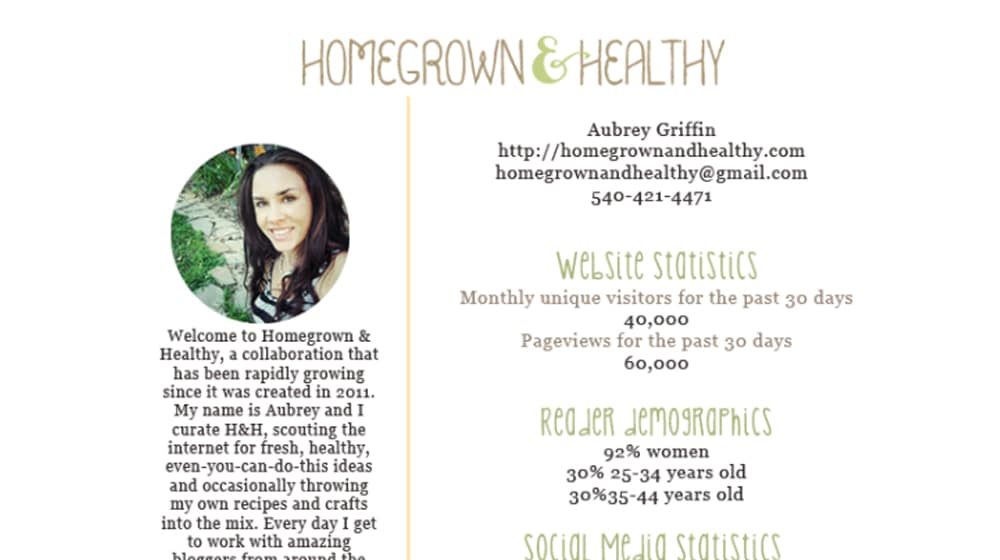
A media kit presents a range of facts about your blog. This can and should include the basics, like your analytics, demographics, traffic numbers, and available advertising slots. It should also showcase information like your voice, personality, and unique selling point. A big sponsor can pick from any number of sites that have stats similar to yours; what makes you unique?
In part, simply having a media kit is a point in your favor. A lot of blogs don't have anything set up, so when a big sponsor comes by and asks for one, they have to scramble. They produce something half-baked and hurried, or they tell the sponsor they don't have a media kit, and it turns the sponsor off. After all, they want to make an easy decision, they don't want to have to guide some novice through the process.
Putting together a media kit is a little tricky, but then, that's why we have a range of tutorials, templates, and assistance available. I'll get to those later, but for now, let's talk about what goes into a media kit.
What Goes Into a Media Kit?
A media kit answers several questions that a sponsor might have for you, all in one package, so they don't need to ask you each question individually. Your job is to build your media kit around answering those questions. So here they are, along with the kinds of information you can use to answer them.
Who Are You?
The first question is simple and asks who you are, as the person, personality, or entity that runs the blog. This should answer questions of both who you are, personally, as the owner of the blog, as well as who the company is that backs the blog. Blogs for personal influencers, this will be one and the same. Blogs for companies, however, can be a little different. A company like Buffer, for example, can have a rundown of the company, as well as a list of the top authors who contribute to the blog and their pedigrees.
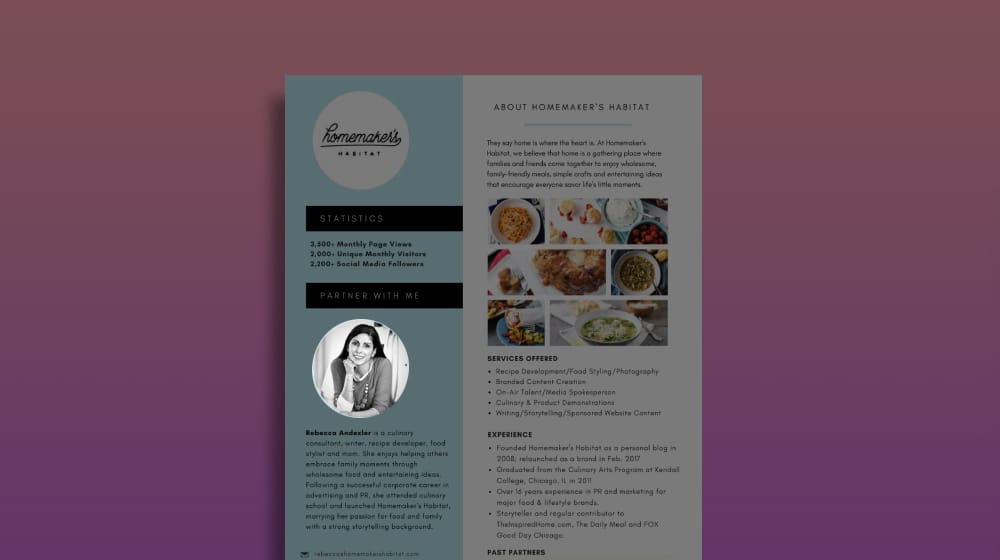
So for example, here's what you might gather up to include:
- A photo of you. A nice headshot of who you are. Neil Patel and Jon Loomer are both good examples of this.
- Your blog's logo. Usually, you want the logo in several different resolutions, including a printable resolution.
- Other photos that describe your blog, your ethos, your topics. This isn't always easy; a marketing blog won't have great photos, while a travel blog will. This is why you see some blogs develop cartoon mascots they can use.
Why Do People Come to You?
The second question is where you have to start proving yourself as a blog worth attention. Anyone can come up with a media kit, fill it with made-up information and try to scam a sponsor out of some money before they catch on.
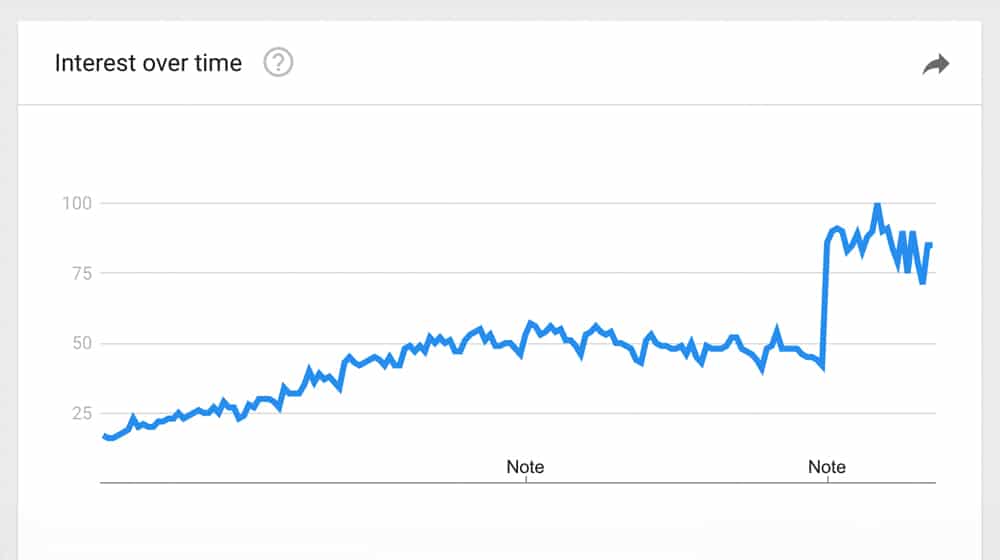
You need to prove that you're a real entity with real, valuable qualities.
- Do you have any recurring blog post themes that draw in people? Something like the Moz Whiteboard Fridays.
- Do you have any powerful single posts that continue to draw in users for months or years after they're published? Resources like the Backlinko Google Search Factors are great proof here.
- Do you have regular guest contributions from well-known thought leaders? If you're attracting powerful voices, it's a great element of proof of your quality.
You'll also want to answer more general questions about your blog.
- What are your subject areas? What is your core focus, and what do you expand to cover as related topics? For example, I write primarily about content marketing but also branch into marketing technology, social media, and niche marketing.
- Does your business sell a product that is particularly noteworthy? Individual products, suites of unique offerings, and unique services are all good.
All of this goes to prove that you're a valuable, powerful, noteworthy blog in your industry and someone who can provide a good return on investment to the sponsors who pay you.
What Are Your Vital Statistics?
Sooner or later, you need to get down to the details.
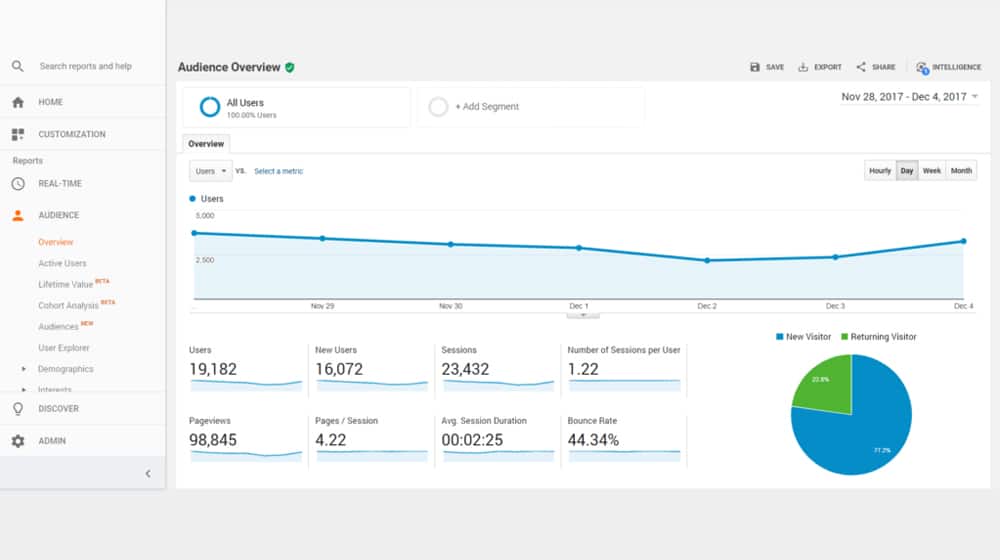
Flowery language about who you are is fine, but you need to provide the nitty-gritty eventually.
- Monthly pageviews. Google Analytics is generally the go-to. Yes, we all know they use sampling and aren't always accurate, but it's an industry standard and is more trusted than other analytics platforms, even if those other platforms are more accurate.
- Other view-based metrics. Your average views per month, your unique visitors per month, and so on.
- Your subscriber and follower counts. How many social media followers do you have on Facebook, Twitter, Instagram, or whatever else matters to the sponsor? How many people are subscribed to your mailing lists, follow your RSS feed, or make purchases each month?
- What are your demographics? Does your audience skew towards certain age ranges, certain genders, certain locations? An otherwise great-looking deal can be shuttered if your traffic is primarily from a location the sponsor doesn't service.
- Any other statistics that make you stand out or are otherwise noteworthy to a sponsor.
In general, you want to format these in bite-size, easily-digested chunks, and you can go into deeper explanations later if there's anything worth mentioning that puts those statistics into context.
If you're a smaller blog and you're wondering how to present yourself as noteworthy, look for noteworthy statistics. Maybe your overall viewer count isn't very high, but your growth over the last six months has been great: talk about that. Maybe you have an unusually high conversion rate; talk about that. You have options, is my point.
What Do You Offer to Your Sponsors?
Remember that a sponsor is coming into this potential relationship the same way a customer might. They're potentially willing to spend money to buy something from you, but they have to know what you're offering.
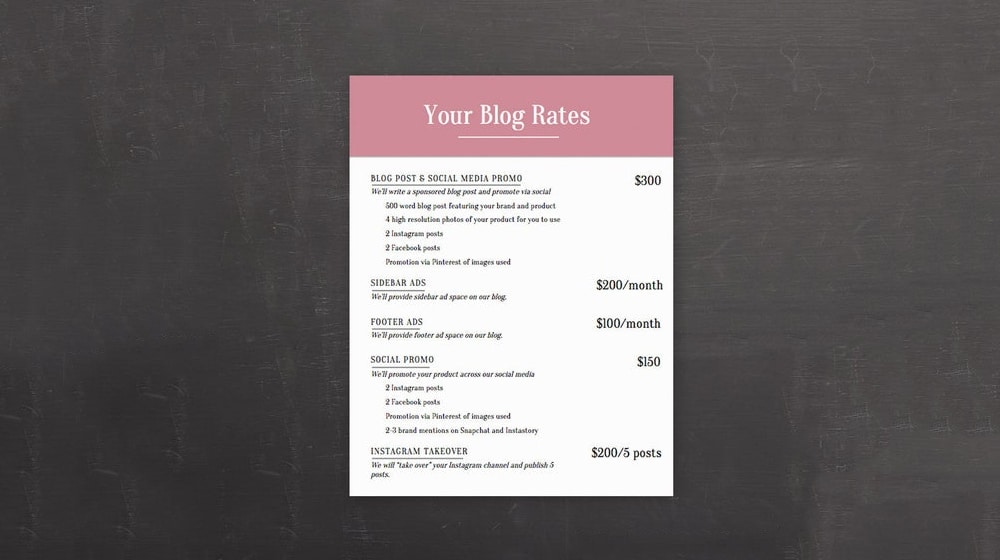
The most typical offering is advertising space, of course. You can showcase this by showing screenshots of your website with "your ad here" banners blocked out where ads would go. It could be gutters, banners, sidebars, in-text ads, or whatever else; you just need to show what's on the table.
You can also discuss other kinds of sponsored content you're willing to create. Will you write a review of their product if they send you a product to try out? Will you write a recommendation or link to their website regularly? Will you allow them to write a blog post that you publish? There are a lot of different options, so you need to make it clear what you're offering by default, what's on the table for negotiation, and what isn't on the table at all.
What Are Your Policies?
It can be difficult to set policies for sponsorship when you've never made a sponsorship deal before. That is, again, why I'll be giving you a bunch of templates and resources at the end of this post. For now, though, here are some things you might consider.
- Rates. How much do you charge for advertising slots? Usually the larger and more prominent the advertising space, the more it will cost. Rates are usually a per-month quote, but you can be flexible if you want.
- Technical specs. In particular for graphical and media ads, do you accept just static images? Do you allow animated gifs or even video embeds? Draw your lines.
- Extras. Do you run giveaways that the sponsor, well, sponsors? Usually, this incurs an additional fee to do the work of managing it and advertising it.
- Legal whatnot. You don't need a lawyer to draft up an agreement for your press kit – and your sponsor may even have one they use regularly – but you want to plain-language discuss when you are going to be paid, and so on.
Remember none of this is necessarily set in stone. It's a starting point you can use to open a discussion with the sponsor.
Do You Have Any Testimonials?
Testimonials make the world go ‘round, in a sense. You saying you're great holds very little water compared to someone else saying you're great. The closer that someone else is to a position of power and prominence, the better. Like, if the owner of dave'sfishingblog.wordpress.com tells a sponsor I'm great, that's not worth a lot. If the owner of WordStream tells the sponsor I'm great, that's cool. If the owner of Forbes tells the sponsor I'm great, that's excellent.
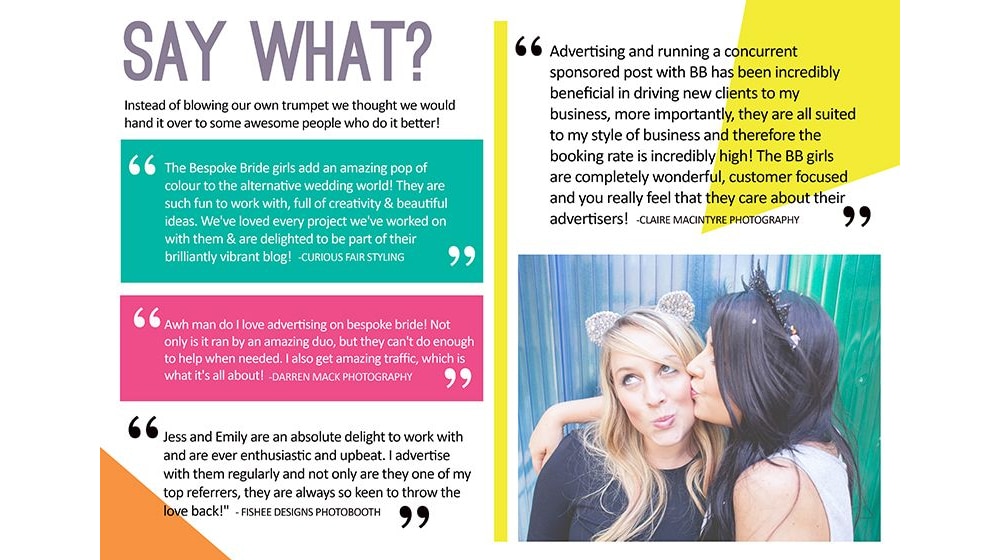
Typically, your testimonials will come from your prominent and noteworthy customers. You can make use of the contact information they give you when they purchase, to reach out and ask them for a testimonial. You can then include that testimonial in your marketing, including your media kit.
Once you have all of this information, answering all of these questions, it's time to put it all together. Putting it together is where the templates come into play.
List of Media Kit Templates
I'm going to be giving you a mixture of templates and links to other articles full of their own templates, so there's a lot here for you to explore. Feel free to dig in, and let me know your favorite template in the comments below.
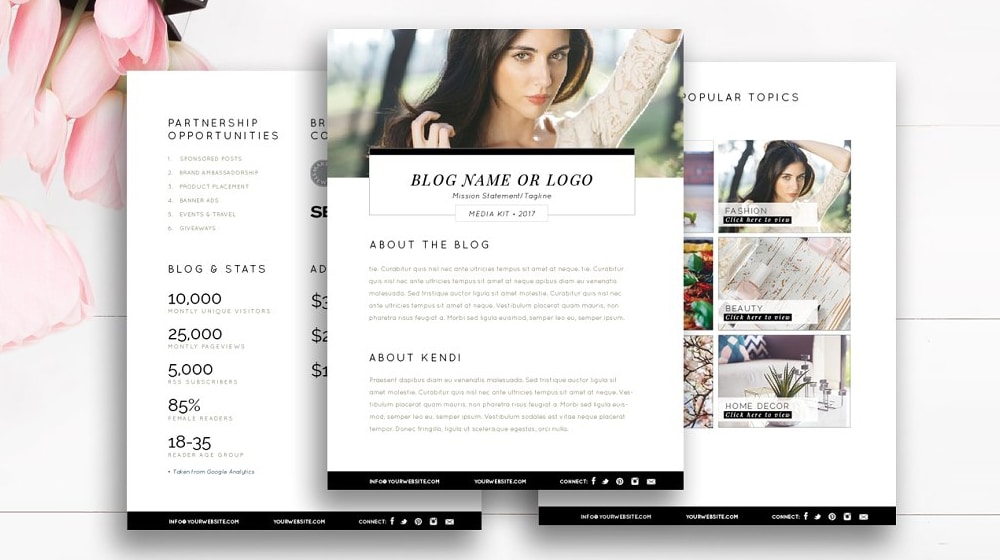
Creative Market's List of 20 Media Kit Templates. This is a pretty robust list of templates for media kits, focused on different kinds of blog properties and focuses, including sponsorship kits and journalism kits.
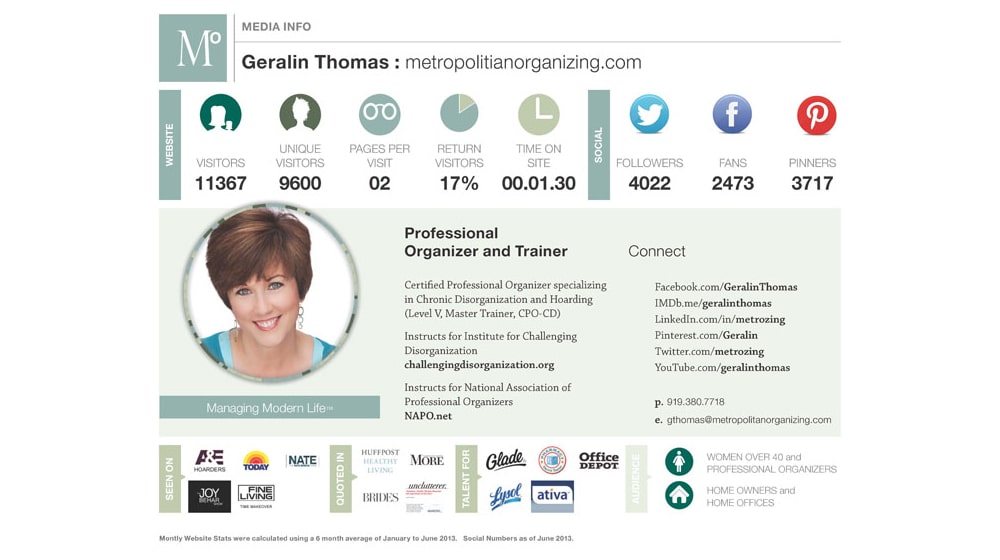
Biz Mavens' List of 20 Example Media and Press Kits. Biz Mavens has one of the best write-ups on how to put together a media kit that I've seen. This article is a follow-up tot hat article, and it shares media kits made using Mavens' advice. This way you can see the advice, and see it in practice.

Snapfluence's List of 30 Free Media Kit Templates. Snapfluence is a great resource for primarily creative companies and individuals, and their media kit templates are focused on some of the more graphically intense, creatively interesting media kits. They are primarily composed using Canva – which is a great tool for this kind of thing – but you can replicate the templates using any image editing software.
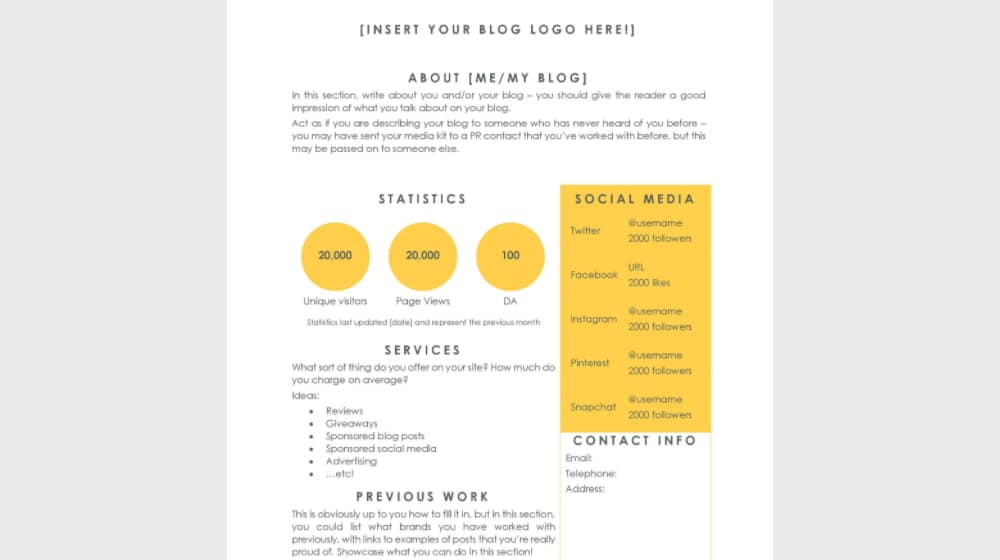
TemplateLab's List of 50 Media Kit Templates. Rather than using a tool like Canva and saving as a PDF, some media kits rely on the more traditional office suites and software like Word and PowerPoint. These templates are specifically for those office programs. They're a little more complex to use – and they might have issues importing into, say, LibreOffice or another alternative – but they're great for giving you ideas and a place to start.
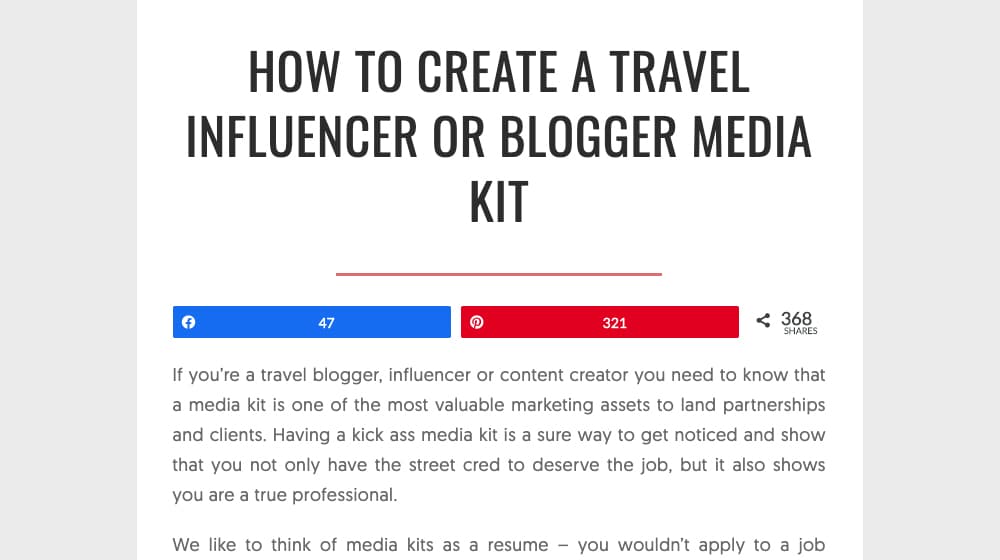
Sidewalker Daily's Tutorial and Examples. This is a post more focused on putting together a media kit similar to my post above, with a couple of template examples. Their focus is more on influencers and travel bloggers, so it's semi niche-specific.
In many ways, putting together a media kit is similar to putting together an infographic, but heavier on the text. You have to present useful information with a minimum of fluff, and you have to make it look as attractive as possible. How about you? Do you have a media kit for your site? If so, feel free to share it below.



 30 Second Summary
30 Second Summary



June 09, 2022
Hello,
I am very interested in your press kit and I am wondering if you would be able send me one in the post?
If so, I will let you have my address once I have got a reply from yourselves.
Kind regards!
Jo
June 09, 2022
Hey Jo!
I used 8 different examples in this post, which one did you like? I'll see if I can dig up the page I found it on!
Feel free to shoot me an email and I'll do my best to help 🙂
July 14, 2022
Hi James,
Thank you so much for coming back to me! The one I am on about is in a box and if you type in Google and information pack, you will see it with the company name underneath it!
Many thanks
Jo
July 14, 2022
Hey Jo!
Dang, those are fancy.
There are a bunch of Etsy sellers that offer custom packaging and boxes like this.
I'm sure you could hire a company to do all these for you, but they usually have high minimum orders, so you'd probably have to buy a thousand of them at minimum or something like that.